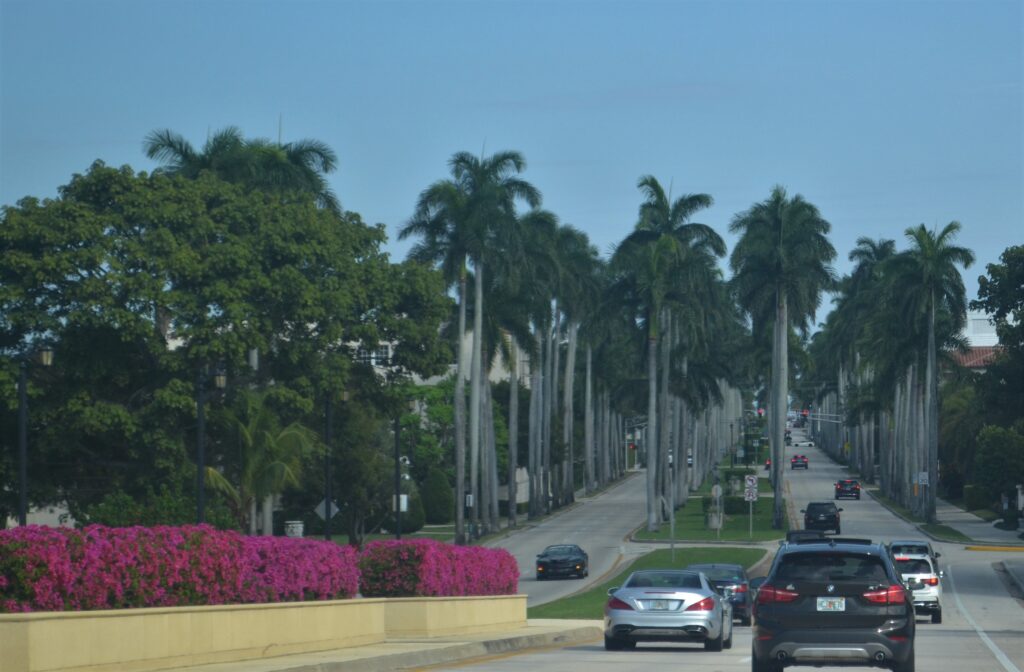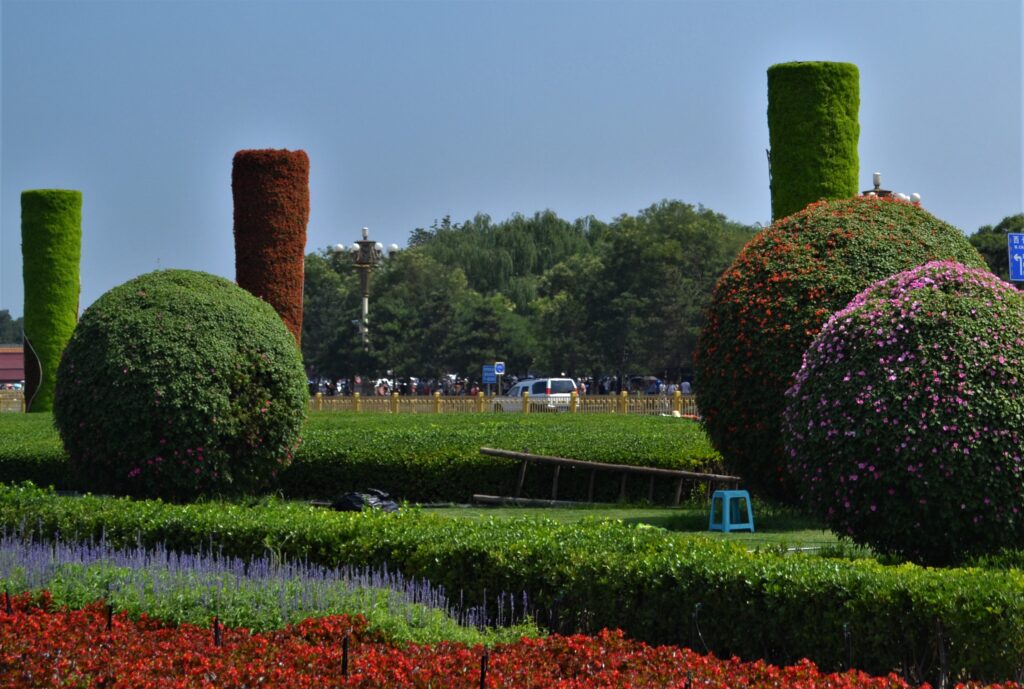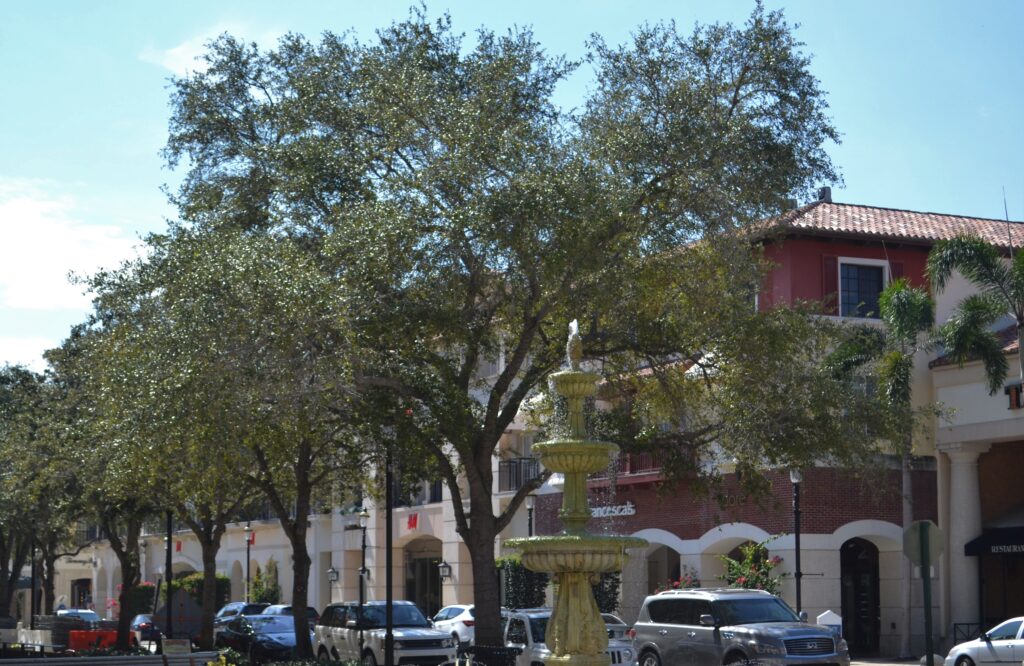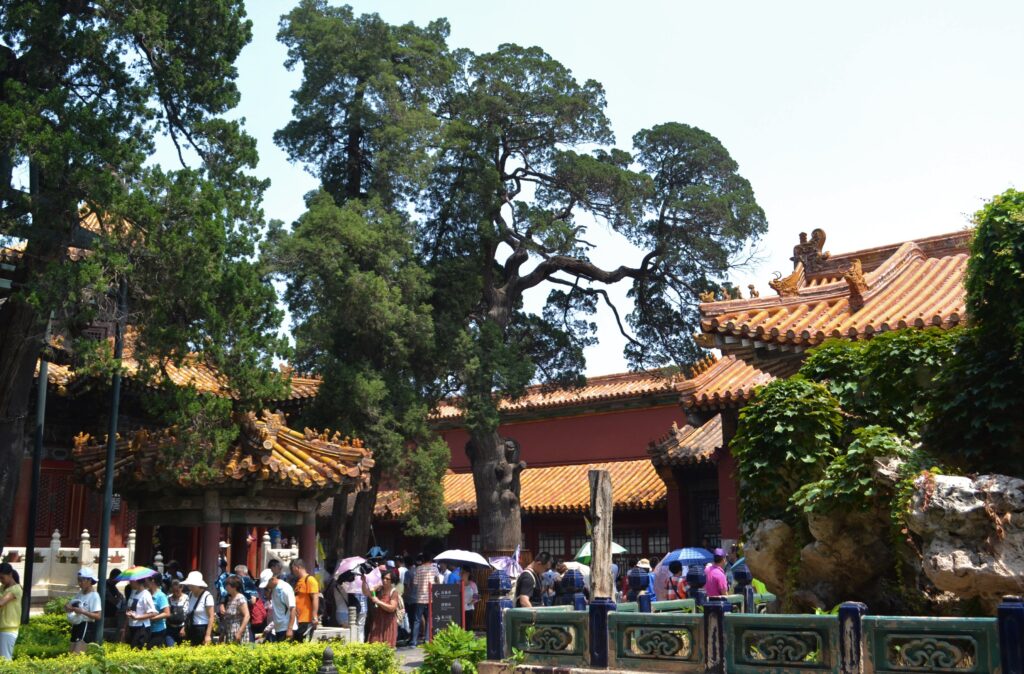Text and Photos by Henrylito D. Tacio
Trees, which poet Joyce Kilmer says only God can make, have been an essential part of human settlements throughout history. But it was only in recent years that the total value of trees to urban dwellers was considered.
“Trees and green spaces play an important role in improving city living conditions,” said Susan Braatz, land use and agroforestry officer in the forestry department of the Rome-based Food and Agriculture Organization (FAO). This must be the reason why there are more trees in New York’s Central Park than those found in the cities of Metro Manila combined.
Some years back, the United Nations food agency launched the urban/peri-urban forestry program to document, synthesize and disseminate information about this forestry scheme, particularly in developing countries like the Philippines. It also aims to provide both technical and methodological guidance that would assist member countries in planning and implementing urban forestry programs.
FAO defines urban forestry as “an integrated, city-wide approach to the planting, care and management of trees in the city to secure multiple environmental and social benefits for urban dwellers.”
In its broadest sense, urban forestry embraces a multi-management that includes municipal watersheds, wildlife habitats, outdoor recreation opportunities, landscape design, recycling of municipal wastes, tree care in general, and the production of wood fiber as a raw material.

Trees provide beauty 
Trees for beautification
FAO forestry experts promote urban forestry as populations all over the world continue to surge in urban areas. Demographers say the urban population is taking place most rapidly in so-called “low-income countries.” The United Nations has identified 24 megacities around the world. A megacity is an urban center with a current or projected population of 10 million or more. Metro Manila, with about 10 million people, is already considered a megacity.
“The rate of population growth is outstripping the planning capacity of municipal governments in developing countries in Asia,” observed Guido Kuchelmeister, an expert in agroforestry and urban forestry issues.
He said that environmental degradation in the cities, per-urban areas, and even accessible rural areas results from the growing populations’ striving to fulfill their needs for food, energy, and construction of wood.
The German forestry expert argued that the rate of growth in cities of the developed world is much lower compared to those in developing countries, but he admitted that cities in these countries also experience other serious problems.
Among the problems that Kuchelmeister identified include deterioration of air quality, higher air temperatures, increased noise levels, greater psychological stress, and a decreased sense of community.
Because of this, he bats for the adoption of urban forestry, which considers the merging of “arboriculture,” ornamental horticulture, and forest management. Arboriculture is defined as the growing and tending of trees and shrubs generally for ornament and instruction rather than use or profit.

Trees in the cities 
Ancient trees as tourist attraction
The planting of trees in human settlements and as an integral part of landscape architecture is actually not new. It has been practiced among ancient Chinese and in western Asian and Greek civilizations.
“Urban forestry is an opportunity to bring principles of forestry ecology into the city; more than just being about planting individual trees, urban forestry is about managing the urban forest as an ecological entity,” explained Braatz.
The list of goods and services that urban forestry can provide is impressive. Trees and green spaces help keep cities cool, act as natural filters and noise absorbers, protect and improve the quality of natural resources, including soil, water, vegetation, and wildlife. Trees also contribute significantly to the aesthetic appeal of cities.
In an FAO report, Braatz stressed, “It is the aesthetic and recreational value of trees, forests and parks that is most directly identified by most urban dwellers, in developed and developing countries alike.”
Unknown to many, trees play a very important social role in easing tensions and improving psychological health. A study conducted in the United States has demonstrated that hospital patients placed in rooms with windows facing trees heal faster and require shorter hospital stays.
Poor air quality is one of the significant problems in the cities. Plants can help solve this problem. Trees remove pollutants from the air in three ways: absorption by the leaves or the soil surface; deposition of particulates and aerosols on the leaf surfaces; and fallout of particulates on the leeward (downwind) side of the vegetation because of the slowing of air movement.
Beyond ecological and aesthetic benefits, urban forestry has a role in helping resource-poor populations meet basic needs, particularly in developing countries. Fruit trees are often an essential component of urban home gardens. In some places, trees are planted to help augment fuelwood and fodder needs and even to provide raw materials for handicrafts.
But like most programs, urban forestry has its shares of constraints and limitations. Among these are inadequate funding for municipal and national budgets and lack of land. In addition, decision-makers at both national and international levels have tended to consider urban forestry as a low-priority activity and usually deferred than other programs.
Environmental stress is another factor. The UN agency says that stress from the environment reduces the vigor of many tree species and increases their susceptibility to disease and pest infestation.

